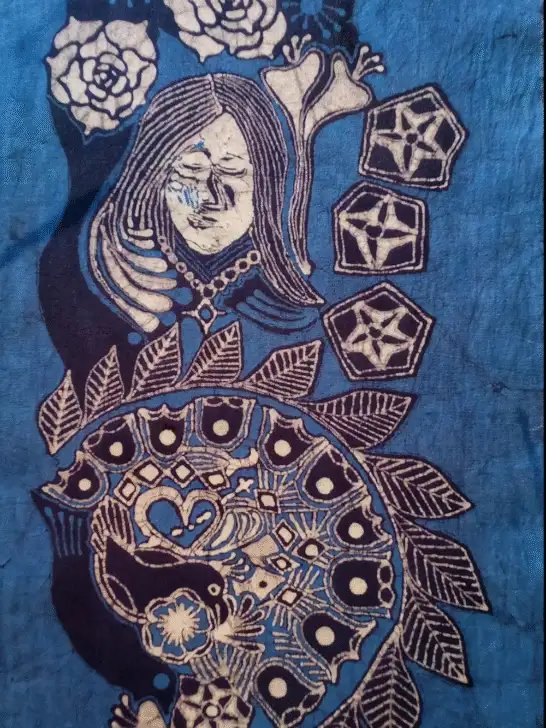Batik is more than just a fabric-dyeing technique—it’s a storytelling tradition that uses wax and dye to create intricate, meaningful designs. Whether you’re a seasoned textile artist or just curious about adding cultural flair to your wardrobe or décor, these ten batik ideas will inspire you to try something beautiful and personal.
10 Creative Batik Ideas to Get You Inspired
1. Tropical Leaf Motifs
Bring the lush beauty of nature into your work with banana, palm, or monstera leaf patterns. These designs work wonderfully on sarongs, wall hangings, or scarves.
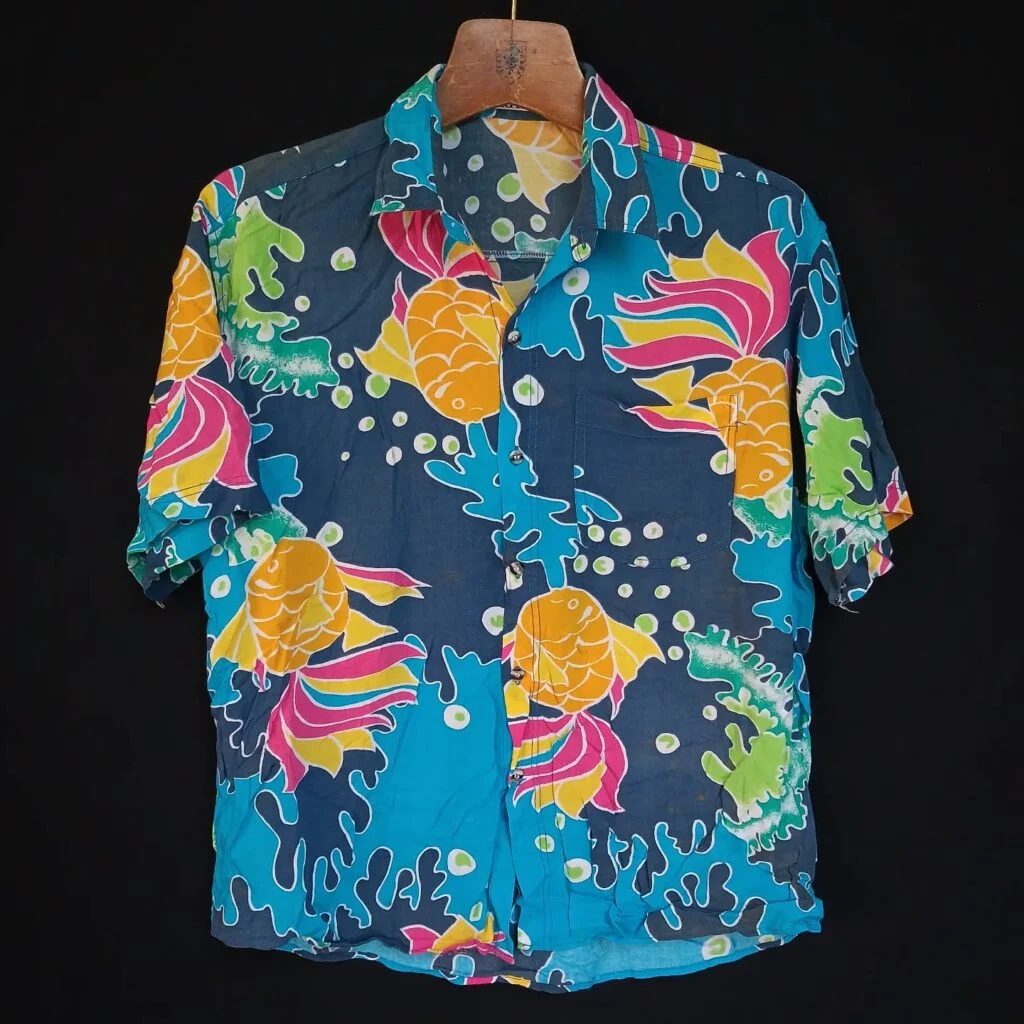
2. Geometric Tribal Patterns
Incorporate sharp lines, repeating triangles, and symbolic shapes rooted in various ethnic traditions. Perfect for statement garments or cushion covers.
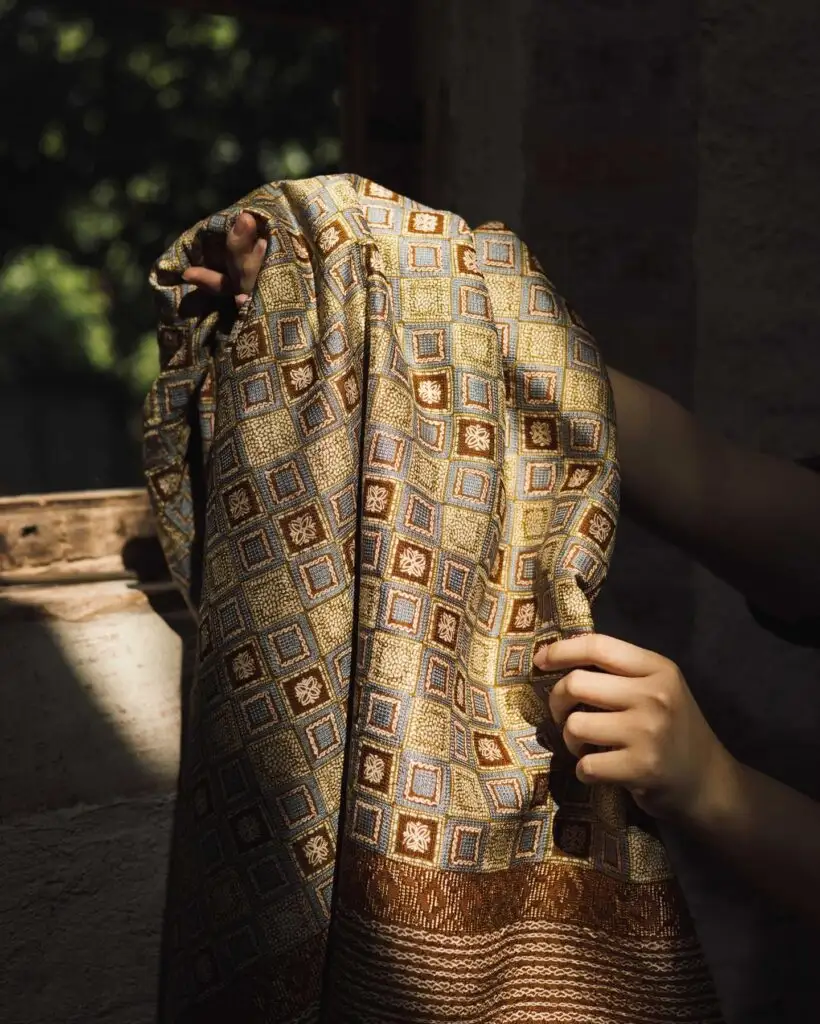
3. Animal Silhouettes
Create striking contrast by waxing animal forms—like elephants, birds, or fish—against vivid, layered backgrounds. Ideal for tote bags and T-shirts.
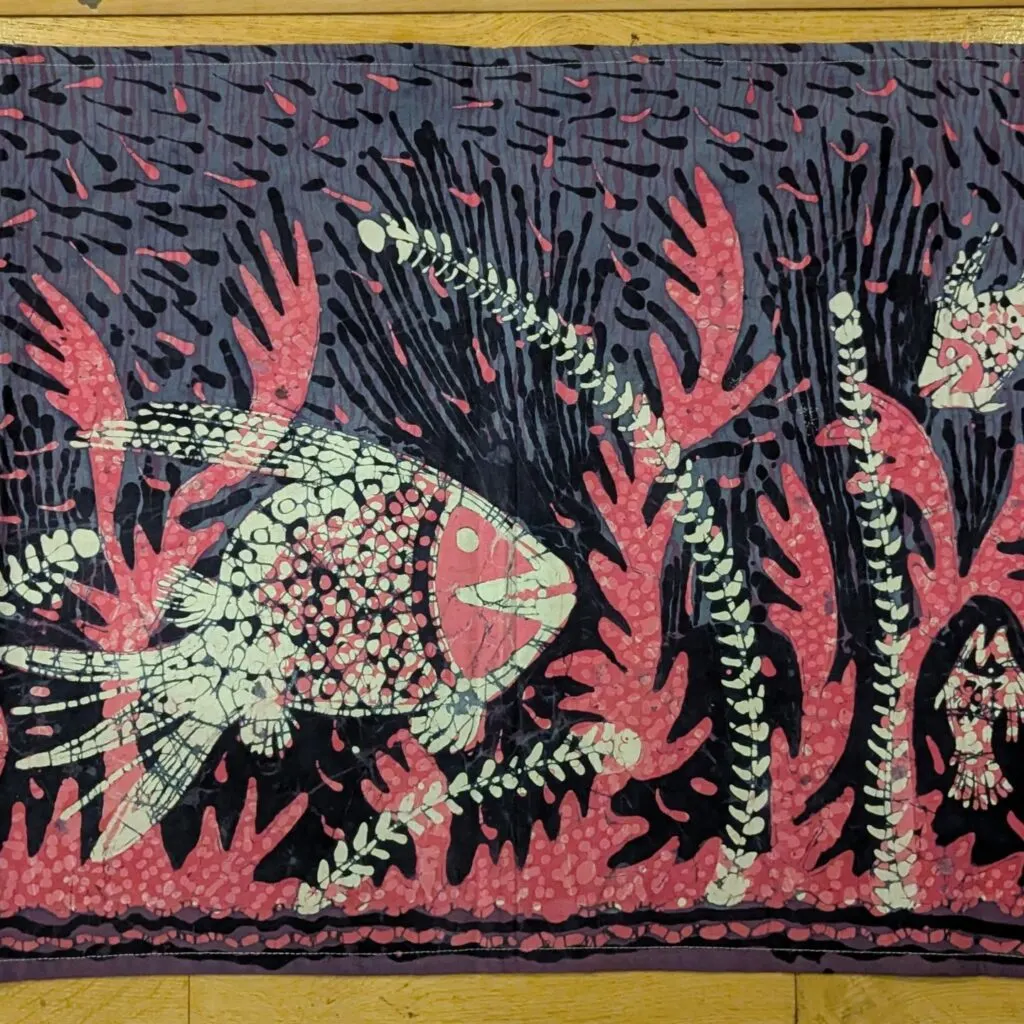
4. Floral Arrangements
Classic batik often celebrates flowers. Go bold with hibiscus or lotus blooms, or keep it delicate with wildflowers in soft, gradient tones.
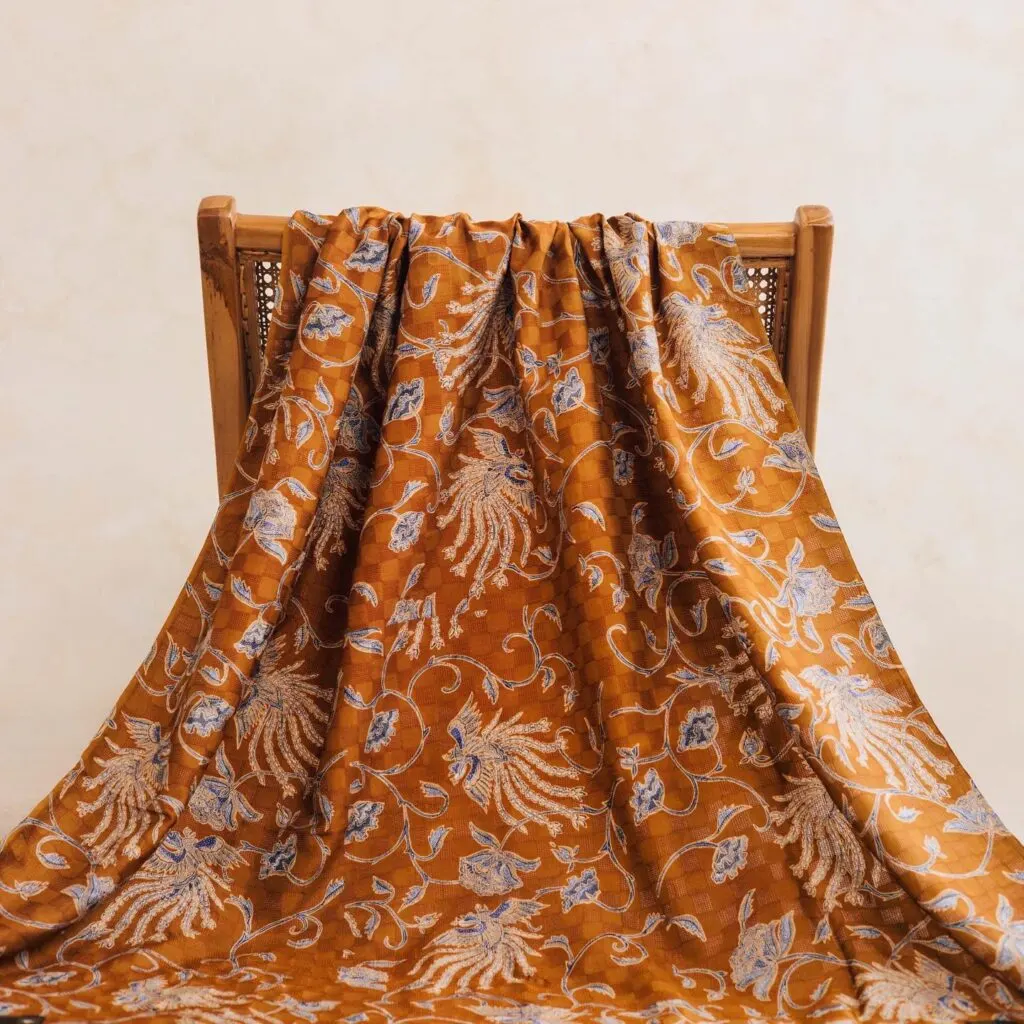
5. Abstract Swirls and Doodles
For a modern take, experiment with freehand designs. Swirls, spirals, and irregular shapes give your piece a spontaneous, artistic edge.

6. Celestial Themes
Stars, moons, and sun patterns make dreamy batik projects. Use dark blue or black dye as the night sky and let the wax reveal glowing shapes.

7. Indonesian Parang Design
Try traditional Javanese parang motifs, symbolizing strength and continuity. These curved blade-like forms are timeless and culturally rich.

8. Mandala Patterns
Circular, meditative mandala forms work beautifully with batik’s layered dye process. Try them on tapestries or spiritual garments.
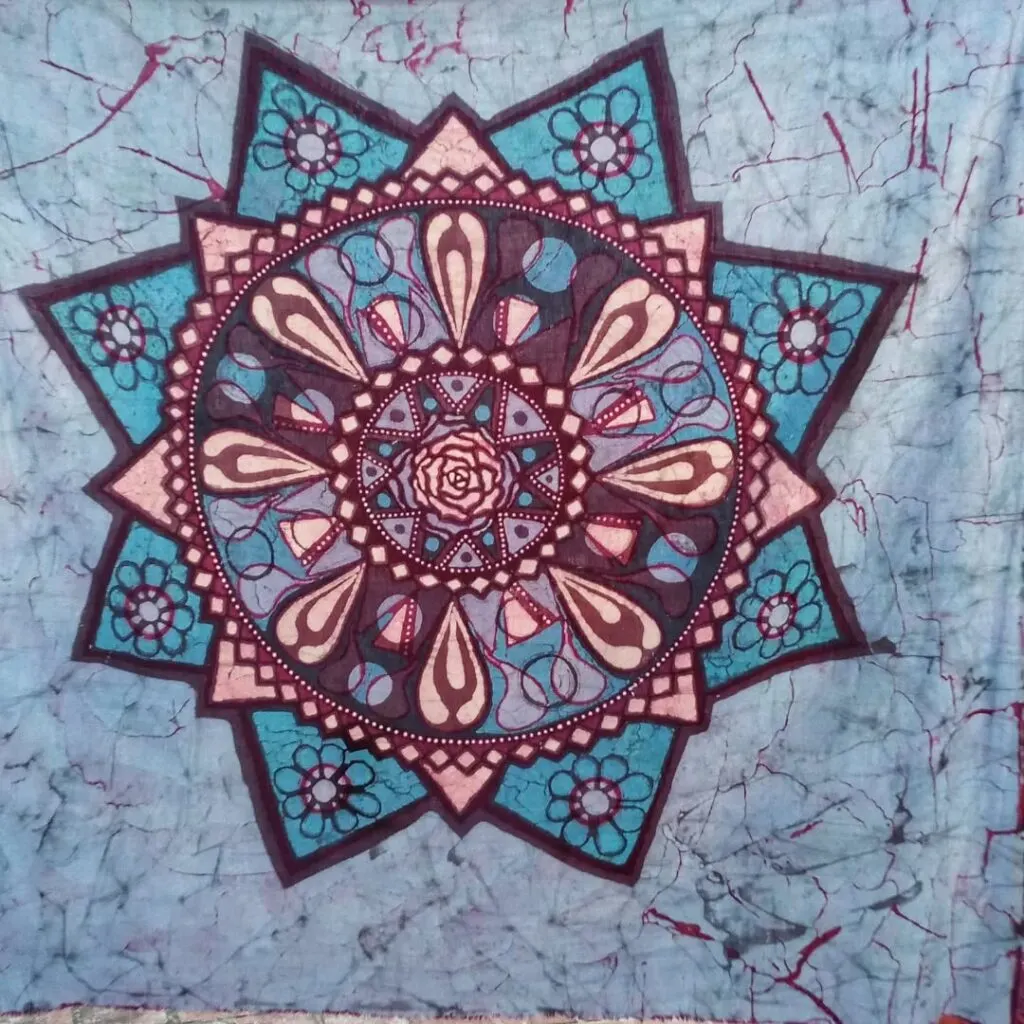
9. Ocean Waves and Shells
Draw inspiration from the sea—use wavy lines, shells, and fish scales for a breezy, coastal vibe on table runners or beachwear.
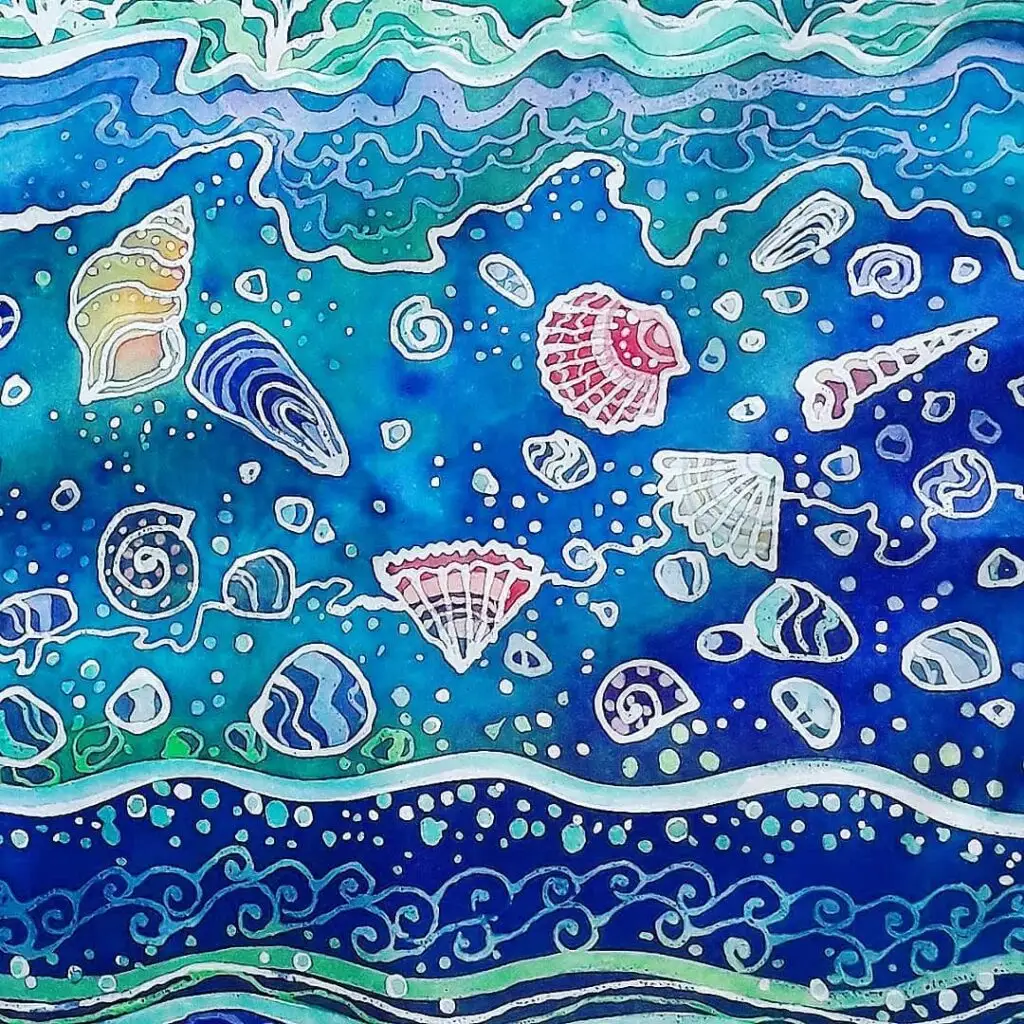
10. Storytelling Panels
Design a sequence of images that tells a story or reflects a personal journey. Batik lends itself well to narrative work through symbolic imagery and borders.

Also check out more crafty artistic ideas you can try out:
20 Crochet Ideas to Inspire Your Next Art Project
10 Fun and Simple Bean Mosaic Art Ideas for Kids and Beginners
10 Creative Cupcake Liner Crafts for Kids
10 Fast Selling Art Projects You Can Make Sell Today
Batik Tips for Beginners and Creators
- Start simple: Begin with basic shapes or repeat patterns to practice wax control and dye layering.
- Use quality wax: A good wax blend (often beeswax and paraffin) ensures better resist and easier removal.
- Test your fabric: Always pre-wash your fabric to remove any sizing or chemicals that might interfere with dye absorption.
- Plan your layers: Work from light to dark colors—once a section is dyed dark, you can’t make it lighter.
- Keep wax at the right temperature: Too hot and it spreads; too cool and it cracks unpredictably.
- Use a tjanting tool for details: It allows for precision when creating fine lines or writing.
- Fix your colors: Use a fixative or vinegar soak for certain dyes to improve colorfastness.
- Practice safety: Work in a ventilated space when heating wax or using dyes. Wear gloves and old clothes.
- Experiment with color combos: Try unexpected palettes for modern effects or stick with earthy tones for a classic look.
- Embrace imperfections: Cracks in wax or color bleeding can add character—many artists value these unique touches.
Frequently Asked Questions
What are the 5 major types of batik design?
The five major types of batik design include geometric patterns, flora and fauna motifs, symbolic or traditional cultural motifs, storytelling or narrative scenes, and abstract or modern expressions. Each type reflects different aesthetic or cultural purposes, with some rooted deeply in regional identity.
What are the 4 ways of doing batik?
The four main methods of creating batik are hand-drawn (batik tulis), stamped (batik cap), screen-printed (batik print), and etched or dip-dyed batik. Hand-drawn and stamped methods use hot wax to resist dye, while modern approaches may incorporate industrial techniques for mass production.
What makes a good batik?
A good batik is defined by clear, well-executed resist lines, harmonious color layering, and intentional design. Traditional batiks also reflect cultural depth, using meaningful patterns and high-quality fabric. Precision in waxing and even dye penetration are key markers of quality.
What to make with batik?
Batik fabric is versatile and can be used for clothing (like dresses, shirts, and scarves), home décor items (such as cushion covers, curtains, and wall art), accessories (bags and headwraps), and even framed textile art. Its vibrant patterns lend beauty and character to everyday items.
Conclusion
Batik is a versatile and expressive art form that blends tradition with creativity. Whether you’re designing a garment, a wall hanging, or experimenting with color, these ideas offer a launchpad for projects that are as meaningful as they are beautiful. Dive into the process and let each wax stroke tell a part of your story.

